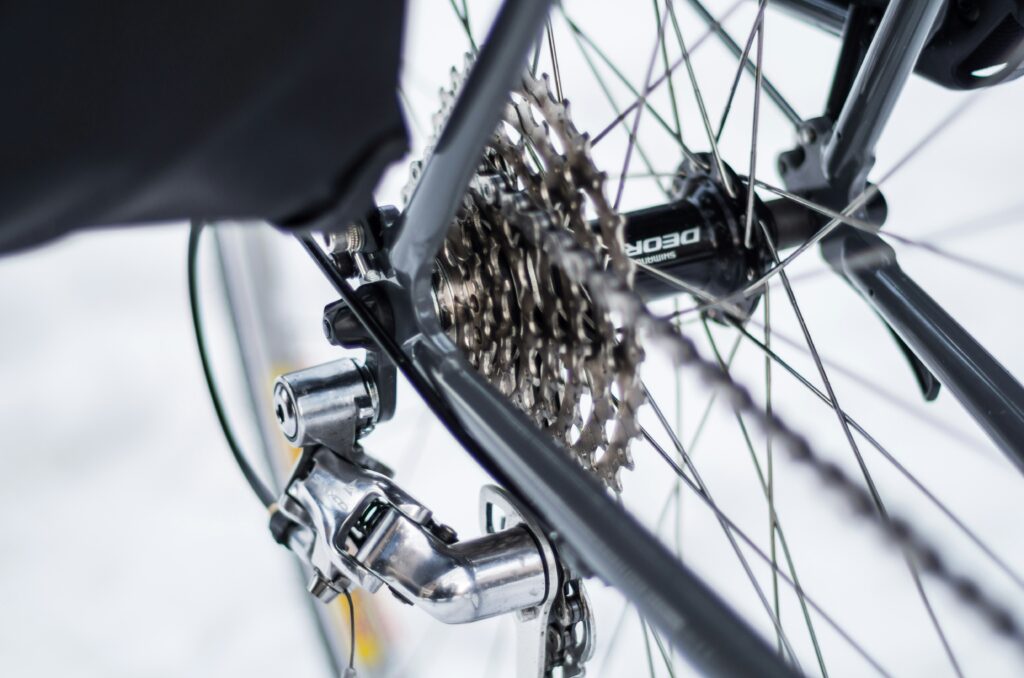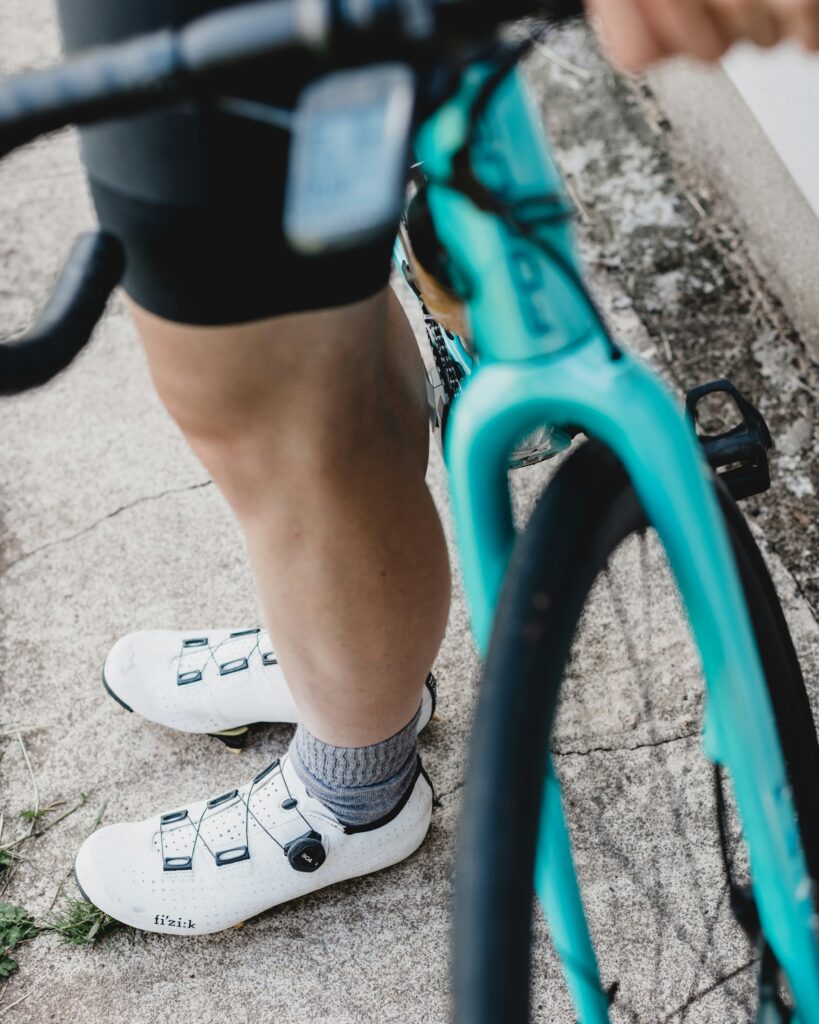Optimising your cycling equipment
By Nas Karimi
As we slowly approach Dragon Ride event day, you will no doubt be well on your way with current training plans and upping the miles in the saddle. In the previous article I outlined the benefit of bike fitting and how the right position will make you a happier rider; It’s now time to start delving into ensuring your equipment is up to scratch. Here are some top tips on identifying if your equipment is up to the Dragon Ride challenge.
The bike checklist
Road bikes have vastly developed in recent years, mostly to ensure utmost ride quality. A combination of performance, comfort and control have all been factored into making these improvements. See below some of the main key features of a modern road bike that will enhance your riding experience.
Disc Brakes
Hydraulic disc brakes are now appearing on all new bike designs and without a doubt it offers a better and safer response from braking. It offers the ability to modulate braking meaning the rider has a clearer understanding of how much force they would need to generate to slow or stop, which is drastically less force than a comparative calliper braking system. Another advantage of disc brakes are they are more reliable in bad weather conditions and they reduce any wear on the wheel as previously rim brakes would have. Ultimately you will have more trust in the braking system and this will fill you with confidence descending those hills. If you haven’t already tried a disc brake road bike it’s well worth testing one out as your next bike purchase will most definitely have them.
Wider Tyres
Another recent trend is to now use wider tyres on road bikes. Not so long ago the standard road bike tyre was 23-25 c (mm) and the pressures being used were over 100 psi, this was thought to be optimal, however this concept has evolved on and now the common tyre width reaching 28-32 c (mm) with pressures of 50-70 psi. The main benefits of this are increased comfort and stability without sacrificing any speed. They offer you lower rolling resistance against road surfaces which result in smoother, faster riding. If you haven’t tried wider tyres yet now is the time to size up.

Photo by Andrew Seaman on Unsplash
Gearing
Larger gear ratios and advanced shifting have also made their way to road bikes. When tackling steeper inclines and fast rolling flats/descents, having the right gear ratio is crucial to your ride. The most popular version of this is a compact gear ratio, something such as 50/34t on the front and 11/34t cassette on the rear. This gives you a 1:1 gear ratio and provides a perfect setup to pedal up hills without running out of gears. Gearing has also been improved with the development of electronic shifting systems such as (Shimano Di2 or SRAM eTap etc). These groupsets will offer you instant, accurate and controlled shifting, even when accelerating under load or climbing. The ideal combo of gear ratio and shifting systems will certainly enhance your cycling performance. Have a look through your current setup and see how many gears and what ratios you have. Often a larger cassette and compact range gearing will make all the difference.
Cycling clothing and footwear
It’s an overlooked area but your kit choices are something that will either improve or limit your cycling experience.
Bibs shorts and jerseys
Road cycling clothing is typically made from lycra, a moisture-wicking fabric which aims to keep you dry and comfortable. Riding for hours at a time, you increasingly sweat which can lead to skin irritation especially around areas of friction like the saddle. It’s crucial that you find well fitted bib shorts with chamois (padding) and jerseys that absorb sweat well. The right clothing will also help to control body temperature, keeping you cool or warm during the ride conditions. Another benefit of most cycling clothes are they are often designed with UV protection, which is important to factor in especially on longer distance events like the Dragon Ride.

Photo by Ashley de Lotz on Unsplash
Cycling shoes
Cycling shoes and pedals have been designed to enhance the ability to transfer power from your legs to your bike, however if this is not a good setup it can lead to a great deal of discomfort and reduced efficiency. Choosing a good pair of cycling shoes starts with understanding the shape and size of your feet. The idea is to have a stable foot with a stiff sole shoe that increases stability, control and power. You want to feel comfortable in your shoes and you should not experience numbness, fatigue or any other pain during a bike ride. Often during bike fit’s the source of discomfort is not the bike itself but rather ill-fitting footwear. Make sure you get your feet measured and choose shoes appropriately. Half a size too big or too small, too narrow or too wide and the problems begin. Be willing to invest in your shoe setup as this is the main touch point which can give you all the comfort and performance on long rides.
The right equipment is crucial to a good day on the bike, have a rethink about your bike setup, clothing and shoes and if you’re unsure on whether you have suitable equipment visit your local bike shop to get some advice on what you plan to use. It’s best to start thinking about any changes to your equipment as early as possible and start using it so you’re well attuned with everything.
